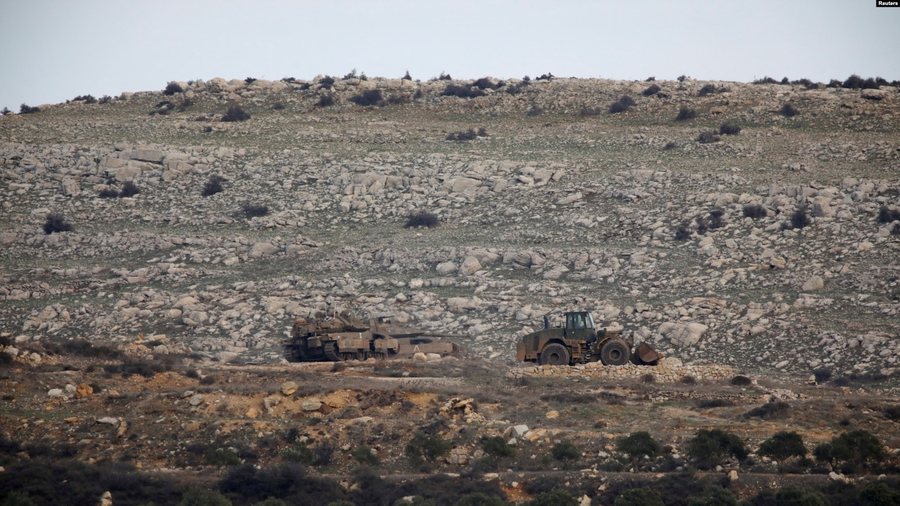
Israel denied this week that it has penetrated deep into Syria, beyond the neutral zone in the occupied Golan Heights.
With the fall of Syrian President Bashar al-Assad's regime last weekend, Israeli troops moved into a demilitarized zone inside Syria that was established after the 1973 Middle East war.
Israel described this incursion as a temporary measure to guarantee border security.
Why is the Golan Heights controversial?
The Golan Heights were part of Syria until 1967, when Israel took control of most of it in the Six-Day War.
In 1981, then, it invaded and annexed it unilaterally. This annexation was not recognized by most countries.
Syria still holds part of the Golan and demands that Israel withdraw from the rest of it. Israel refuses, citing security concerns. Syria tried to retake the Golan in the 1973 Arab-Israeli War, but was thwarted. Israel and Syria signed a cease-fire in 1974, and the Golan has been relatively quiet since then.
In 2000, Israel and Syria held the highest level talks on the possible return of the Golan and a peace agreement. However, those negotiations failed, as did subsequent ones.
In 2019, during the first term of US President-elect Donald Trump, he expressed US support for Israeli sovereignty over the Golan.
This followed Trump's decision in 2017 to recognize Jerusalem as Israel's capital and move the US Embassy to the city.
The decision was welcomed by Israel but angered the Palestinians and many Arab political and religious leaders.
Why does Israel love the Golan Heights?
Because of security. During Syria's more than decade-long civil war, Israel said the Golan Heights served as a buffer zone between Israeli cities and its neighbor's instability.
The Israeli government also expressed concern that Iran - a longtime ally of the Assad regime - is trying to cement its presence on the Syrian side of the border in order to launch attacks against Israel. Israel frequently bombed suspected Iranian military assets in Syria in the years before Assad's fall. Israel and Syria covet the water resources in the Golan, as well as the naturally fertile soil in the plateau.
Who lives there?
About 55,000 people live in the Israeli-occupied Golan. Of those, about 24,000 are 'Druze' - an Arab minority that practices a branch of Islam, says analyst Avraham Levine of the Alma Research and Education Center, which specializes in Israel's security challenges on its northern border.
Many members of this minority in Syria were loyal to the Assad regime. Many families have members on both sides of the demarcation line.
After annexing the Golan, Israel offered the Druze citizenship, but most rejected it and continue to identify as Syrians.
Levine says about 31,000 Israelis are settled there, as well. Many of them work in agriculture and tourism.
Who controls the Syrian side of the Golan?
Before the outbreak of civil war in Syria in 2011, there was a clash between Israeli and Syrian forces. But in 2014, anti-government Islamist rebels overran Quneitra province on the Syrian side.
Rebels forced Assad's forces to retreat and also turned on UN forces in the area, forcing them to withdraw from several positions.
The area remained under rebel control until the summer of 2018, when Assad's forces returned to the ruined city of Quneitra and the surrounding area, following a Russian-backed offensive and a deal that forced the rebels to withdraw.
What separates the two sides in the Golan?
A United Nations observer force is stationed in the Golan, supported by United Nations Truce Supervision Organization (UNTSO) military observers.
Between the Israeli and Syrian armies is the "Separation Zone", 400 square kilometers, which is often called the demilitarized zone. There, according to the ceasefire agreement, the armed forces of the two countries are not allowed. /REL/ (A2 Televizion)











